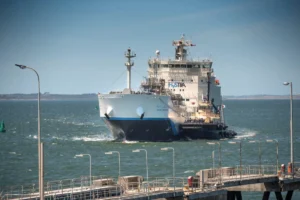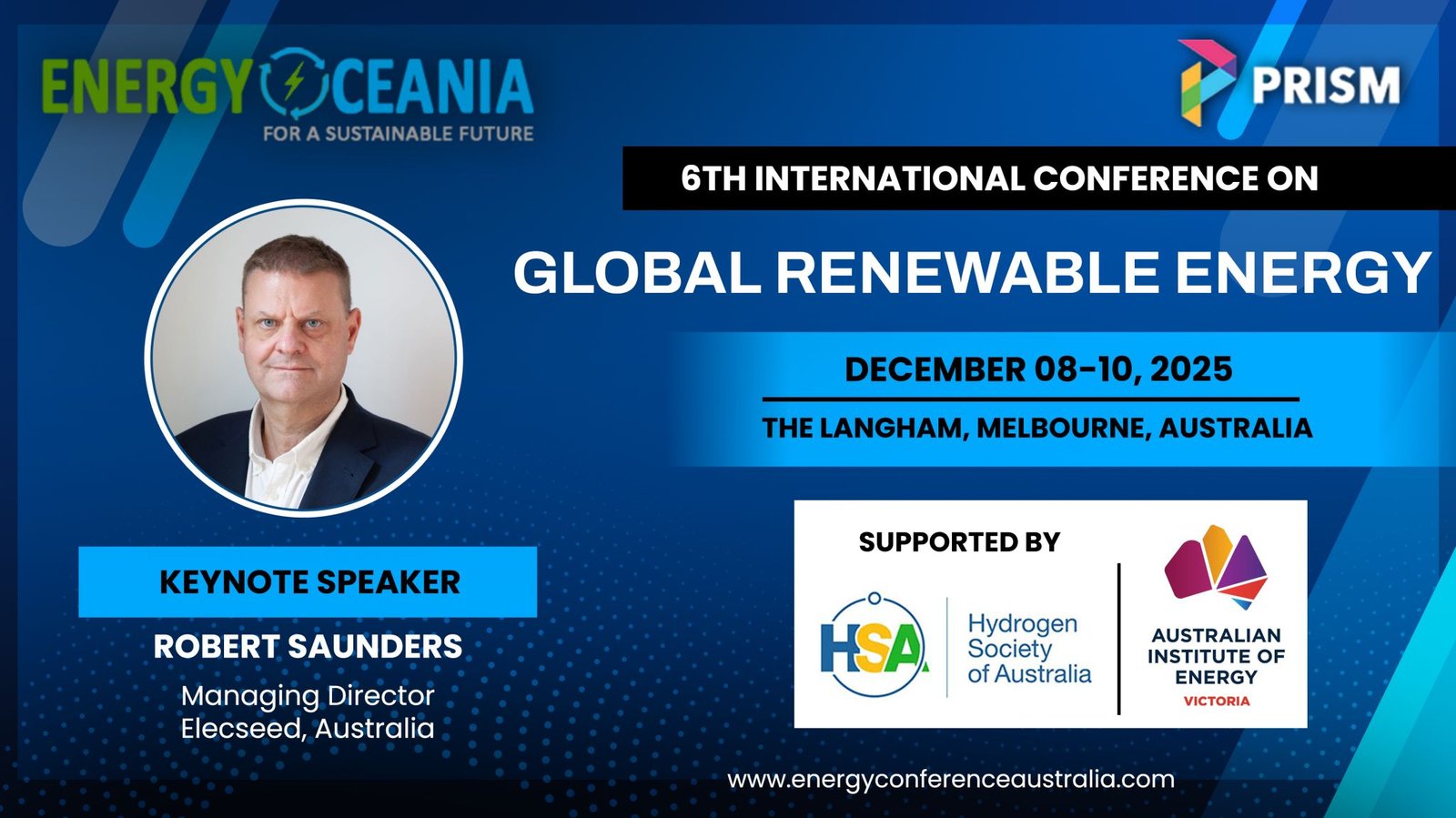Picture: NCA Newswire Tertius Pickard
Hydrogen, green metals, solar power, emerging renewable sources, and technologies for the future of Australia to build a strong and competitive economy.
On 11 April the Australian Government announced Future Made in Australia Act – under the AUS$ 15 billion National Reconstruction Fund, the Net Zero Authority, the AUS$1 bill taxpayers’ subsidies to build solar panels and other incentives – to advance manufacturing and safeguard Critical Minerals from being exported without value-add industry manufacturing from port-side construction plants, high-voltage cable needs, and electric truck production – with estimated job creation.
Aiming for 60,000 jobs projected for solar manufacturing and AUS$82 billion in turbine tower production by 2050.
Compared to Beijing’s Made in China 2025 policy, the European Union’s Green Deal, and the US Inflation Reduction Act which has seen Australian innovations go overseas seeking finance and markets – the Act will support Australian companies in Australia in investments, manufacturing and exports for the long haul. But how can Australia remain competitive with China over supply-threatening domestic markets under WTO agreements? Is it ambitious, too late?
For example, the US Inflation Reduction Act Hydrogen tax credit is for the first 10 years while H2 projects are for 20 years or so, about 60 to 65% of the tax credit would be reflected in LCOH (Levelized Cost of Hydrogen). So, a $3/kg tax credit will lower LCOH by approximately $1.9/kg. (EY report)
Next month’s May Australian Government budget will reveal the fine print of international investment incentives and streamlining FDI approvals and red tape. Hopefully reintroducing Significant Investment vehicles for high-net-worth foreign individual and company investors- (editor’s note)














